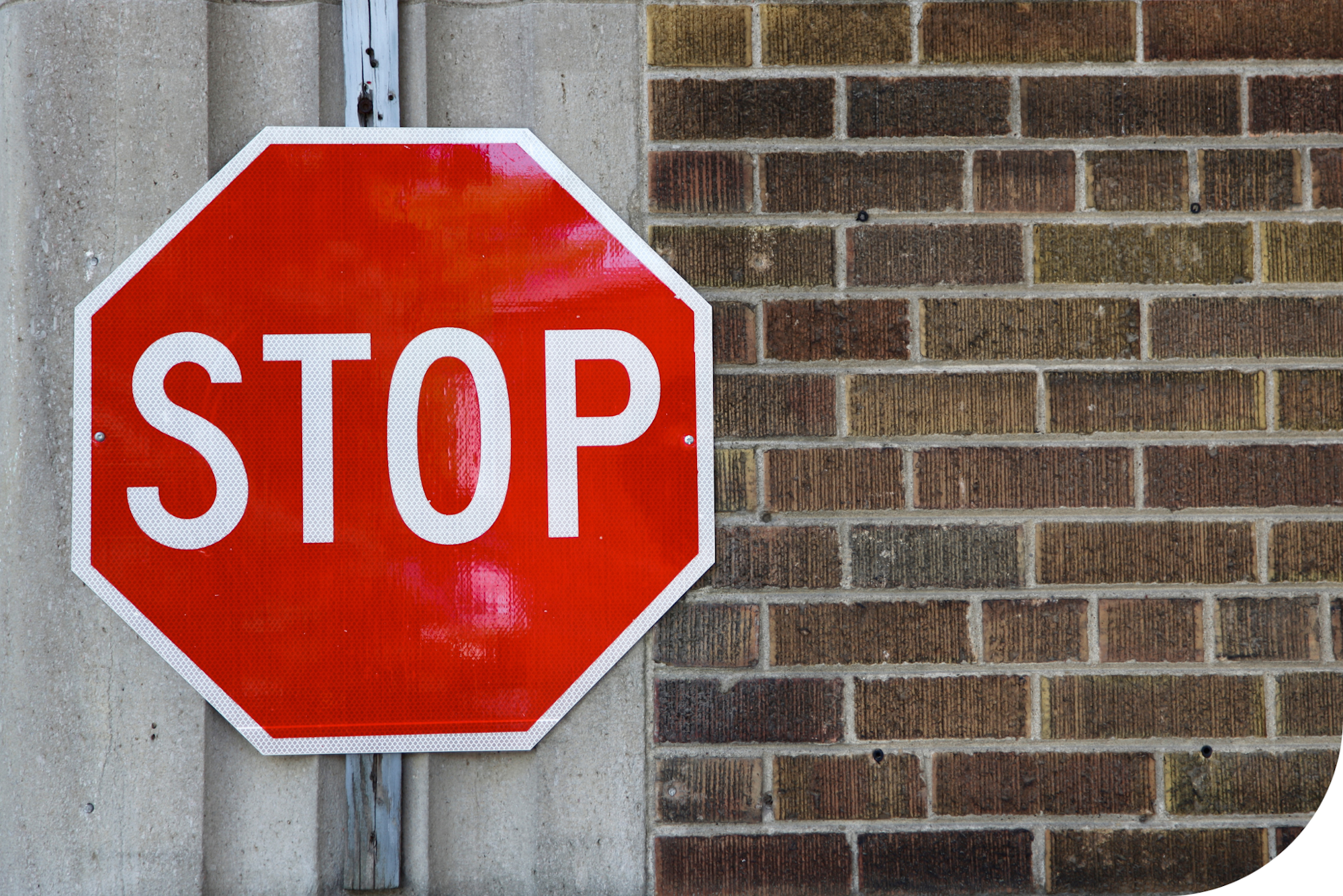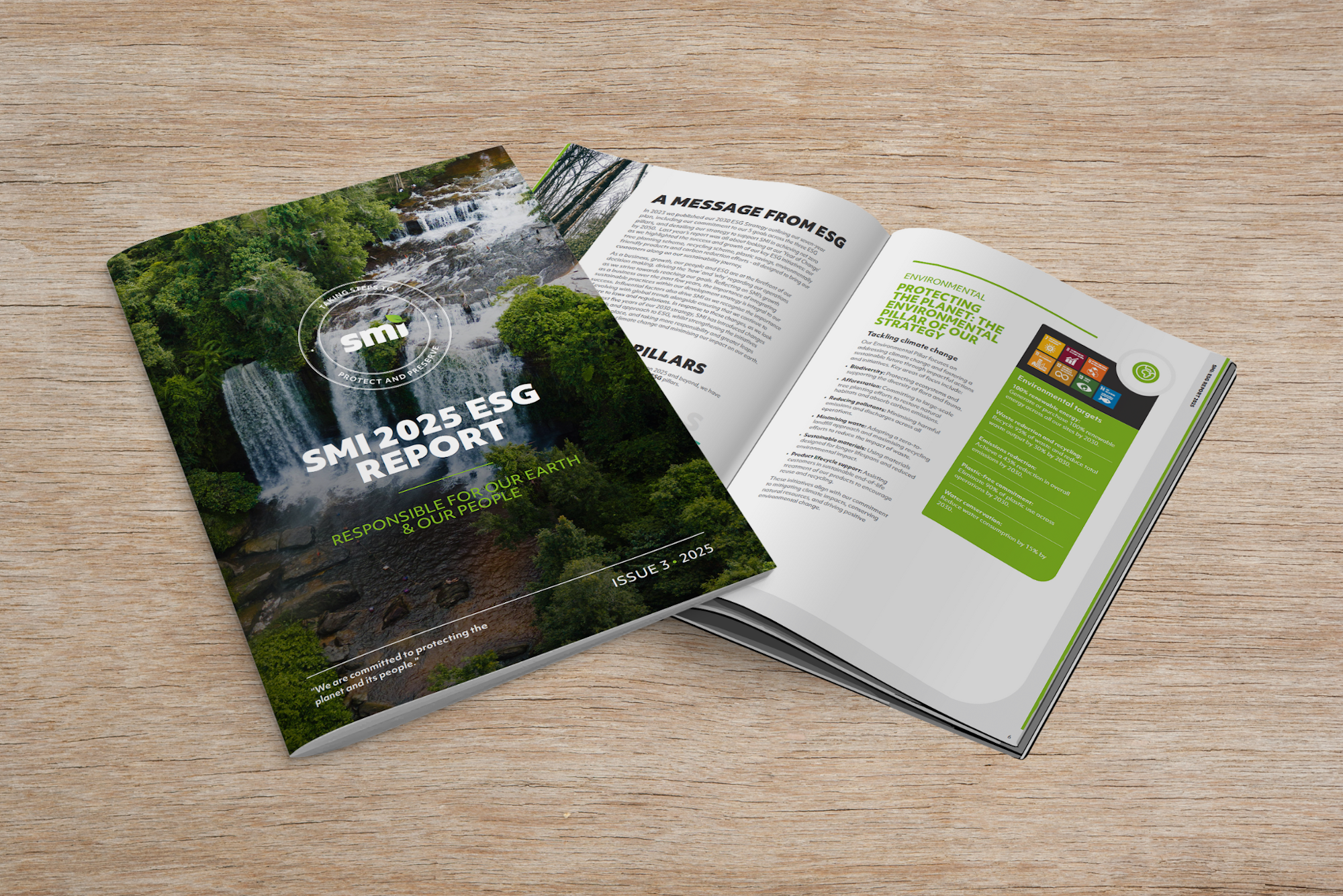
Insight
SMI's Christmas and New Year Operational Hours
Find SMI’s Christmas and New Year 2025–26 opening hours.
View head office closure dates, warehouse availability, and how to contact us during the holiday period.
7 minute read

When you’re on site, safety comes first. So, how do you make sure you and your team stay safe?
The answer is safety signs.
They tell everyone what to do and where to go, helping to prevent accidents and injuries.
With so many shapes, colours, and categories, it can get confusing.
We’ll keep it simple for you with this guide, so you know:
Read on for everything you need to know about safety sign colours.
In the UK, site signage isn’t just a good idea - it’s the law.
The Health and Safety (Safety Signs and Signals) Regulations 1996 make it clear. If there’s a real risk to people on site, safety signs must be used, even when there are other safety measures in place.
In short, employers must:
In short, clear and well-placed signs reduce the chances of accidents and injuries. Without them, you can face legal trouble, fines, or worse.

When there’s danger, workers need to act fast.
Safety signs use colour, shape and symbols to deliver messages instantly.
Site signage is the visual shorthand every workplace needs to stay safe. Colours especially show you whether there’s a risk to avoid or a rule to follow.
Want to know what colours are mandatory for signs?
Here’s a breakdown:
Red means stop, danger, or prohibition. It’s also the colour used for fire safety signs.
Red signs catch the eye and clearly warn of hazards.
They are usually circular with a red border and white background. A black icon often shows what is prohibited, and a red line through the symbol means ‘do not’.
Fire equipment signs are usually rectangular or square with a red background and white symbols.
Examples include:
Yellow means caution, or in other words, ‘watch out.’
Basically, yellow signs are warning signs. They alert people to potential hazards or health and safety risks in the area.
They’re always a yellow triangle with a black border and a black hazard symbol inside.
Examples include:

Blue safety signs tell everyone what to do to stay safe. Follow them. It’s not optional - they're mandatory.
They’re always circular, with a white symbol on a blue background.
Examples include:
Green signs point you towards safety.
They guide people to emergency exits, first aid points, and assembly areas. Green signs are usually square or rectangular with white symbols on a green background.
Examples include:
Not every sign fits into one category. Some combine elements to make the message clearer for high-risk areas.
You might notice:
Find examples in our full range of multi-message signs.

With safety signs, it’s not just colour that counts - shape matters too.
Sign shape gives an instant visual cue about what it means, even before you read the text or symbol.
For example:
So, shape, symbol and colour work to catch your eye and get the message across - fast.
This lets workers react quickly and efficiently, which is essential for busy, high-risk sites.
Warning signs are essential for every workplace. Even offices and shops need them.
Safety symbols guide your team to avoid risks and stay safe. They inform your staff about the danger, what to do, and how to reach safety quickly.
Here’s how to get it right:
Ready to get started? Find the safety signs and workplace products that can keep your business safe.
Need something customised? We also offer custom site signage, depending on your brand.
Call or send us a message to chat with our friendly team.
It’s not just about what signs you use - it’s how you use them that matters.
A badly placed sign can lead to confusion, accidents and injury.
Your warning signs should be:
TOP TIP: Keep your signs clean and clear. If a sign is faded, damaged, or covered, replace it immediately.
Other must-dos:
There are five main types of safety signs, each one classified by its colour:
There’s no set list of health and safety symbols. ISO 7010 includes hundreds of standard pictograms that can be used for all sign types.
The four main colours of safety signs are red, yellow, blue and green.
They mean:
Choosing site signage doesn’t need to be stressful.
At SMI, we’ve got a full range of UK-compliant safety signs and labels to keep your workplace safe.
We can also customise your signs to fit your brand and site requirements.
Need advice or want to learn more about our custom branding? Just ask.
Drop us a message, or give us a call on 0330 441 3500.

Insight
Find SMI’s Christmas and New Year 2025–26 opening hours.
View head office closure dates, warehouse availability, and how to contact us during the holiday period.

Insight
Download SMI’s FREE risk assessment template to identify hazards and ensure workplace safety. Includes an example for office environments and guidance for various tasks.

Insight
Our 2025 ESG Report is live! Working with a sustainable supplier like us goes beyond good intentions, it’s about real benefits for your business.